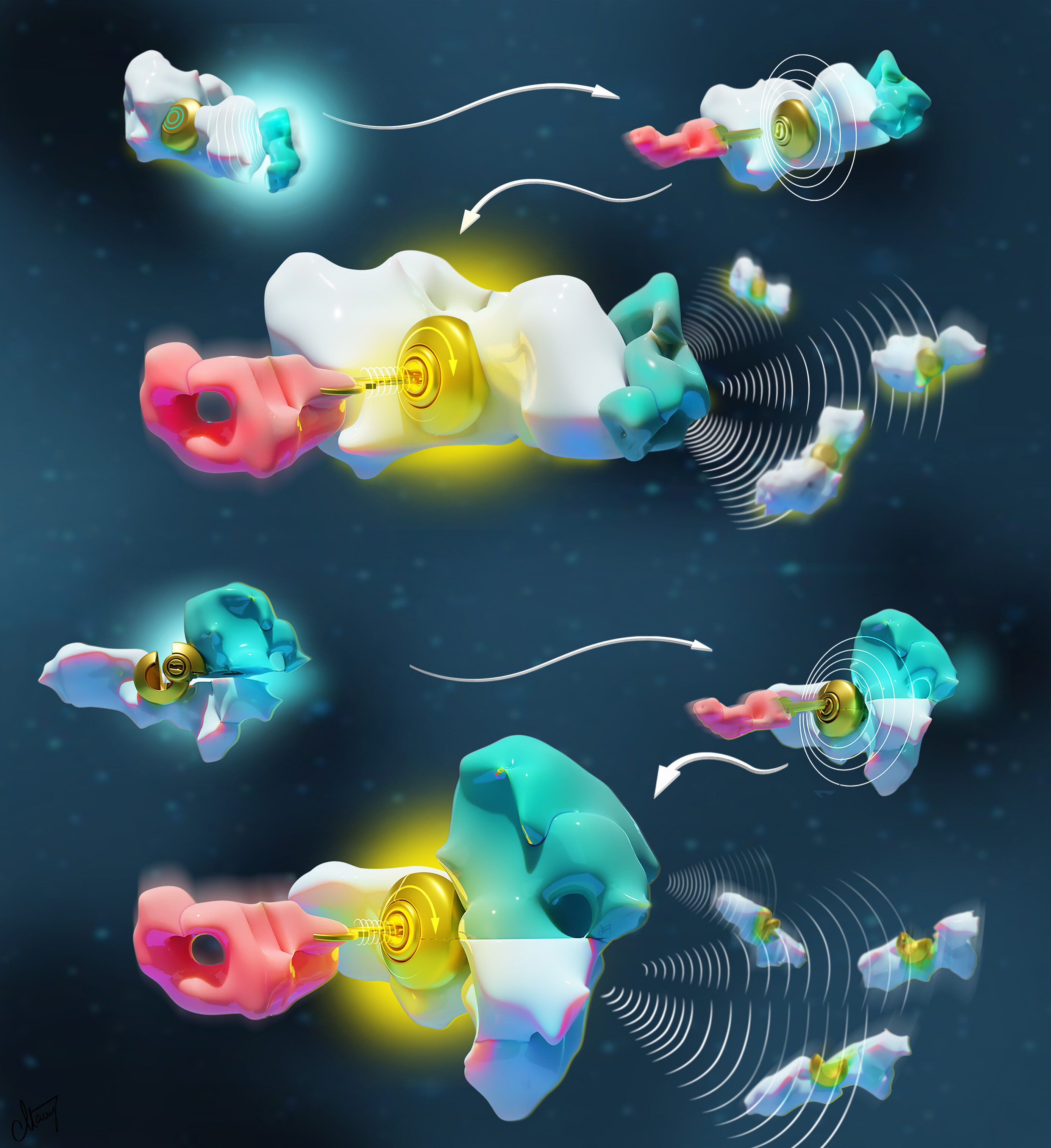Two molecular languages at the origin of life have been successfully recreated and mathematically validated, thanks to pioneering work by Canadian scientists at Université de Montréal.
The study, “Programming chemical communication: allostery vs. multivalent mechanism,” published August 15, 2023 in the Journal of the American Chemical Society, opens new doors for the development of nanotechnologies with applications ranging from biosensing, drug delivery and molecular imaging.
Living organisms are made up of billions of nanomachines and nanostructures that communicate to create higher-order entities able to do many essential things, such as moving, thinking, surviving and reproducing.
“The key to life’s emergence relies on the development of molecular languages—also called signaling mechanisms—which ensure that all molecules in living organisms are working together to achieve specific tasks,” said the study’s principal investigator, UdeM bioengineering professor Alexis Vallée-Bélisle.
In yeasts, for example, upon detecting and binding a mating pheromone, billions of molecules will communicate and coordinate their activities to initiate union, said Vallée-Bélisle, holder of a Canada Research Chair in Bioengineering and Bionanotechnology.
2023-08-15 12:48:03
Original from phys.org rnrn





















